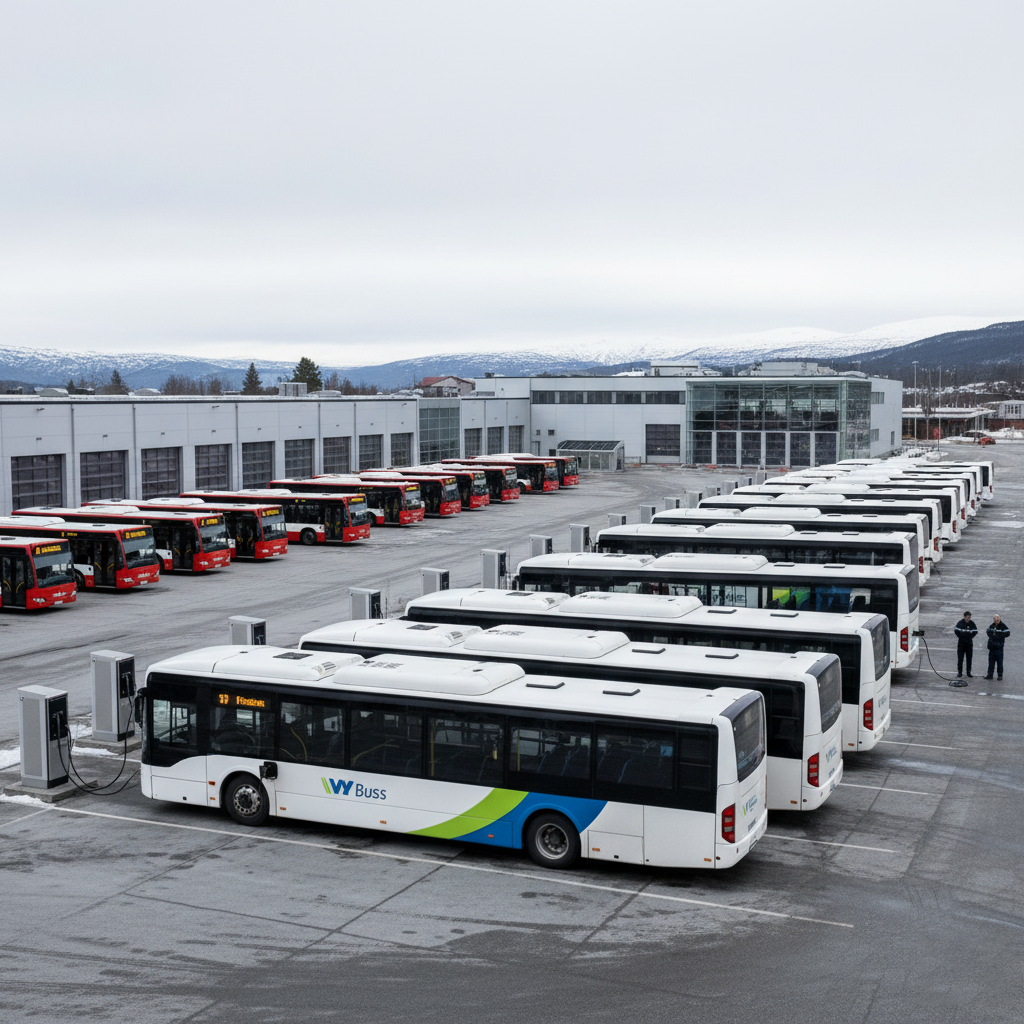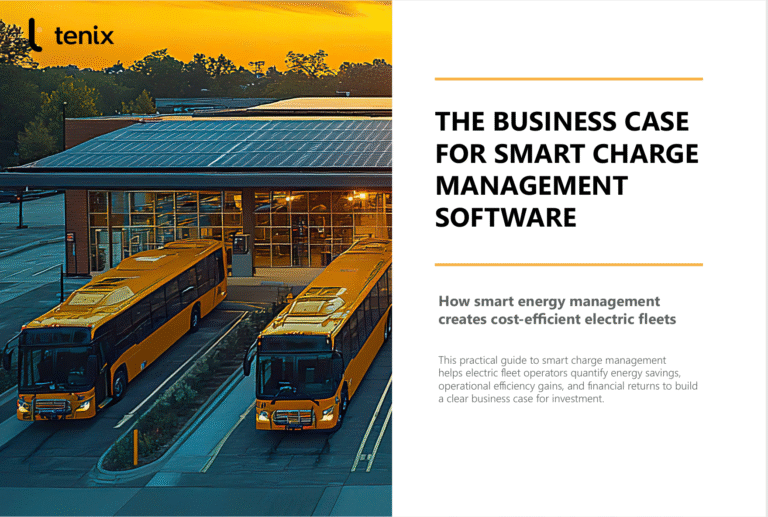Electrification changes how bus depots operate. Charging, parking, and scheduling now compete for limited space and grid capacity. Yard management is the discipline that keeps fleets efficient as they scale
The New Complexity of Electric Fleets
With diesel fleets, yard management was straightforward: park, refuel if needed, and go. Electric fleets introduce new variables. Charging takes longer, chargers take up valuable space, and vehicles must be parked strategically to access them.
Scarce depot space compounds the challenge. In many cities, adding charging infrastructure squeezes already limited yards, creating bottlenecks. Poor planning can block vehicles in, delay departures, or leave chargers underutilized.
Energy pricing adds another layer. Tariffs change by the hour, and charging during peak demand can inflate costs by 20–30%. Without smart scheduling, what should be a cost advantage for EVs can quickly become an operational burden.
What Smart Yard Management Looks Like
Successful transport operators are rethinking the depot from the ground up. The focus is on coordination, visibility, and efficiency:
- Scheduled parking ensures vehicles are placed according to departure times, preventing congestion and delays.
- Integrated charging plans align vehicle readiness with grid capacity and energy prices.
- Real-time assignments guide drivers directly to available spaces, avoiding wasted minutes searching the yard.
- Battery monitoring alerts managers before problems escalate, protecting the fleet’s most expensive asset and ensuring that battery degradation doesn’t impact the operator’s service.
- Safety protocols are put in place to ensure clear walkways, visible timetables and reduced risk of incidents such a fire.
When these elements work together, fleets gain smoother operations, lower costs, and higher reliability.
Lessons from Early Adopters
Cities with advanced electric bus programs, such as Oslo and Amsterdam, show what’s possible. Operators there use digital yard management systems to coordinate departures for hundreds of vehicles each day. By combining parking logic with charging schedules, they have reduced delays and cut energy costs by shifting load to off-peak hours.
The result is predictable fleet readiness. Buses leave on time, fully charged, and battery lifespans are extended through disciplined charging practices.
How Tenix Helps Operators Stay in Control
Tenix provides charge and depot management software designed to reduce the complexity of electric fleet operations. The platform enables operators to:
- Automate charging schedules to cut costs and avoid peak tariffs.
- Optimise space and parking flow within crowded depots.
- Track battery health to extend asset life and prevent downtime.
With these capabilities, operators can move from reactive problem-solving to proactive management, ensuring depots run smoothly as fleets scale.
The Bottom Line
Tenix provides charge and depot management software designed to simplify complex electric fleet operations. The platform enables operators to:
- Monitor every vehicle and charger in real time
- Automate charging schedules to cut costs and avoid peak tariffs
- Optimise parking flow within crowded depots
- Track battery health to extend asset life and reduce downtime
With these capabilities, operators can move from reactive problem-solving to proactive management, ensuring depots run smoothly as fleets scale.
The Bottom Line
Electrification is reshaping how fleets operate, and the depot is where that transformation succeeds or fails. Yard management has evolved from background logistics into a critical driver of efficiency.
For operators planning the next stage of electrification, the first step is to map out depot capacity and charging needs in detail. Identify peak load times, plan for vehicle movement, and understand how energy pricing affects daily operations. Once that baseline is clear, digital yard management tools can be introduced to automate coordination, optimise schedules, and provide real-time visibility across all assets.
Operators who act early will see the benefits fastest. Smarter parking and charging routines reduce energy costs, extend battery life, and keep vehicles ready when needed. Those who delay risk compounding inefficiencies as fleets grow.
The key is to treat the yard as a dynamic part of fleet operations rather than a static parking area. With connected systems, clear data, and smart scheduling, the depot becomes a hub of efficiency that supports both operational performance and long-term cost control.
Tenix supports this shift by helping operators plan, monitor, and manage electric depots from one central platform. With the right systems in place, electrification becomes not just an environmental goal but a competitive advantage.




